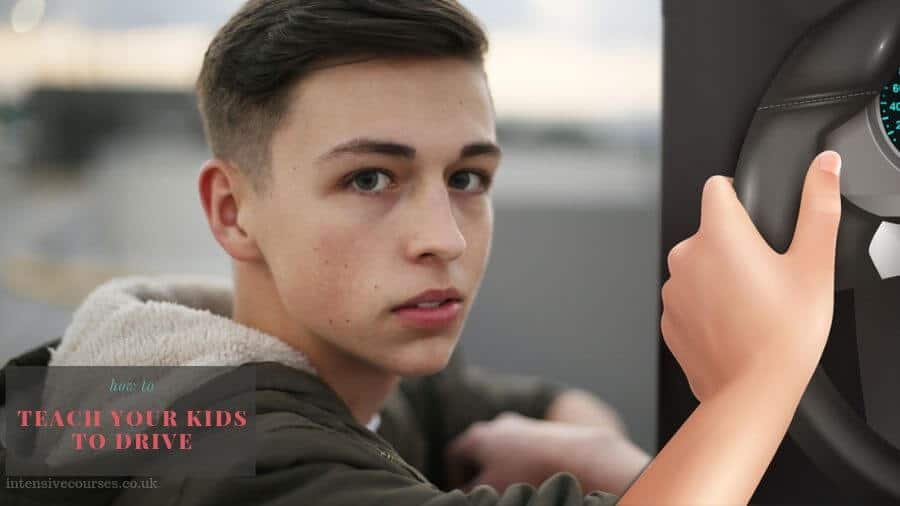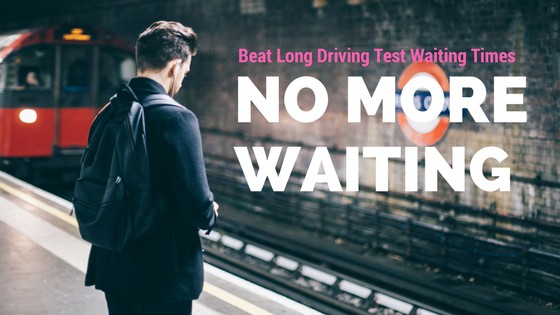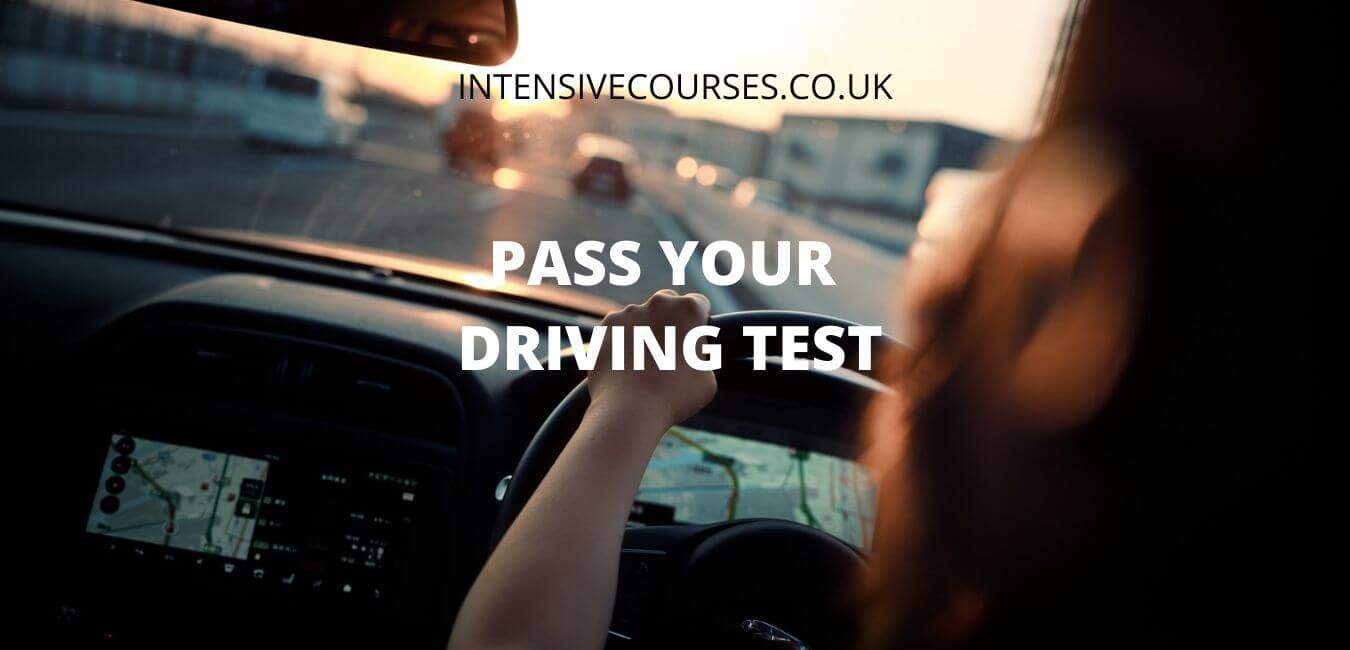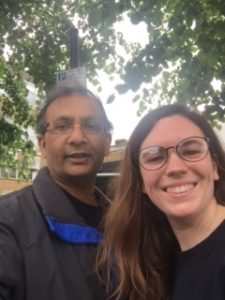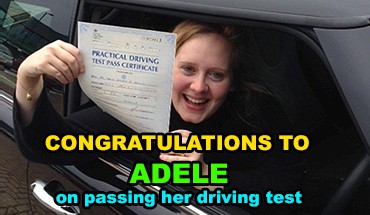Wondering how to teach your kids to drive in the UK? If you’re looking to teach driving to your kid or someone else, read on…
Teaching your child to drive is like a right of passage, both for the child and for the parent! While teaching someone to drive when their older has its own dynamic, teaching your teenage son or daughter to drive can be daunting, but it can be enjoyable and a lot of fun if done properly.
I have started teaching my son to drive recently and so far it is going well. As a driving instructor myself I am starting to see things from a parents perspective instead of a driving instructor.
To get started, simply read on, or use the following jump links to get to the section you’re interested in:
Important skills to teach a learner driver | Frequently Asked Questions
More serious about teaching?
Getting started with teaching
When you are teaching someone so close to you, your son or daughter for instance, if they make a mistake and you correct them this might then upset them, but unlike a driving instructor, you have to go home with them. Some good advice I have said to my son is:
- Whatever happens in the car must stay in the car.
- Keep the lessons separate from home life.
It has so far worked for me. Try and have empathy with them, we all make mistakes, it’s how we learn if you never make a mistake you can never learn.
Some of the top tips might seem like common sense because it is, but do read up on this link: The Driving Test Changes of 2017
Some expert tips to help you start to teach your child to drive properly
Before we start, here are some other tips for parents teaching a child driving that we’ve produced in video format so you can be sure you’re teaching the correct driving techniques:
How to use a roundabout – coming on and off large roundabouts, using the correct lanes and how to change lanes.
How to do a 3 point turn – turning in the road, often called the three point turn.
How to perform an emergency stop – learn the correct emergency stop procedure
Parallell parking – learn the correct technique and tips for parallel parking
Reversing around a corner to your left – learn positioning and technique when teaching how to reverse around a corner
Reversing into a parking space / bay – How to start, line yourself up and reverse into a parking bay
How can you avoid dazzling drivers behind you – although not in your test, knowing how to deal with dazzling drivers both behind you and in oncoming traffic can make you a much safer driver and more relaxed in your test, too.
The Two Second Rule in Driving – Learn this simple and effective rule for keeping a safe distance and knowing what distance should you keep from the vehicle in front.
General advice on teaching someone to drive.
Next, we’re going to cover some general tips on how to teach someone to drive that will help you set your expectations and some general, helpful rules to get the most out of it and give the pupil the best chance at passing.
1) Start off on a quiet road
When you first start to teach your child to drive, being on a quiet road will be a massive help. This will help with getting used to your car, especially the biting point of the clutch. Stay on the quiet road until you are very sure they can handle busier roads. Driving has a lot to do with confidence.

2) Be patient
Your teenage daughter or son are not making mistakes just to annoy you or wreck your pride and joy car. By being patience they will find learning to drive a lot easier.

3) Be calm
For the same reasons as being patience, when people learn to drive in a calming environment they tend to pick up things very quickly. So remember, you may be their parent, but you have to treat your daughter or son as you would someone else you were teaching and keep yourself relaxed so that they are calm too.

4) Stay on roads that you know very well
Stay on roads that you know if you really want to teach your kids to drive well.
By staying on roads that you know well you will know what to expect on the road ahead. This will make it easier for you to teach them how to drive.
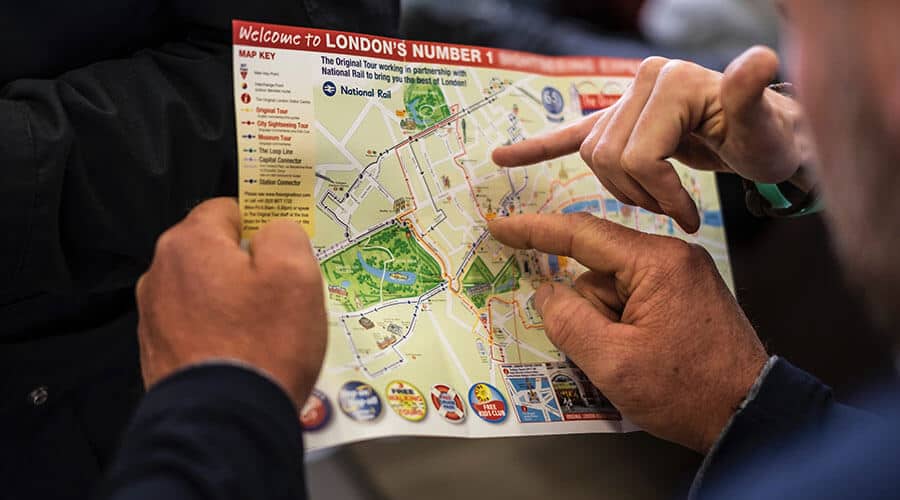
5) Cover more difficult roads
When they are at the right standard of driving take them on more difficult roads, Your son and daughter will need to learn to drive on more challenging roads. Not only for test reasons but you want to make sure they are safe while out driving lone after passing their test

6) Control
Be in control of the lessons at all times. You are legally responsible for them on the road. If they break the speed limit while you are teaching them you can also be prosecuted as you are deemed to be in control of the lessons.
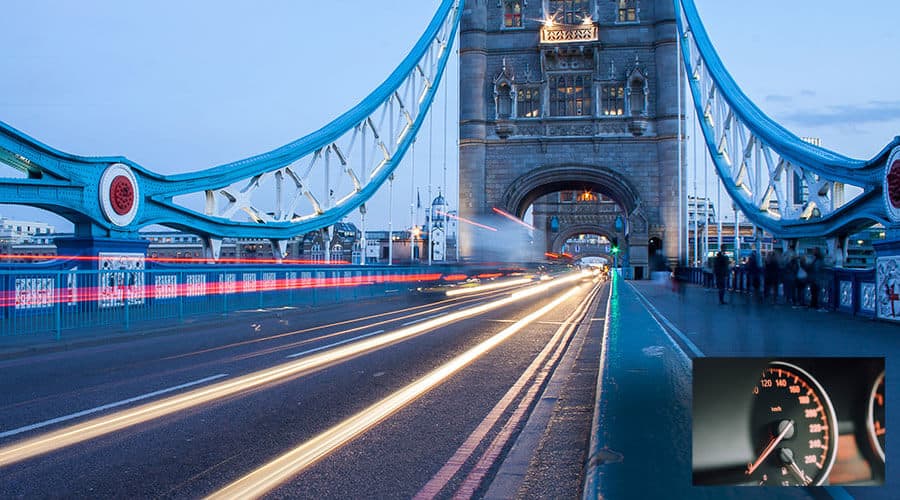
7) Drive like you
Make sure they can drive like you, (that is if you are a good driver), you want your children to be safe drivers not just pass a basic driving test. If you know little safety tips, like the 2 second rule for keeping the correct driving distance, then teach them to be that bit safer.

8) Enjoy
This is a really important one, learning to drive should be fun, you are getting bonding time with your daughter or son. Making memories that will stay with you and them for life. If they or you are not enjoying the driving lessons then stop and hire a good driving instructor.

9) Waiting times
Waiting times for theory test and practical tests can be long so book the tests up well in advance, they will need to have passed the theory test before they will be allowed to book a driving test. Make sure you have an eye on when the person you’re teaching wants to take their test so you can book well in advance.
10) Test day
On their driving test day, don’t make to much of a song and dance of whether they will pass or fail. What will be will be, as the saying goes?
Important skills to teach someone learning to drive
Here’s a quick rundown of key skills you’re going to want to teach someone. These are drawn from many years’ experience as a driving instructor:
- Using the satnav – It can be a major part of the driving test. On most driving tests but not all the DVSA examiner will put on the satnav. The person taking the driving test will be asked to follow the directions the satnav gives. The satnav will be on for up to 20 minutes of the driving test. The more you practice with the satnav the better prepared you are for this part of the driving test.
- Hill starts. You will more than likely be asked to move off on a hill, You will need to do this without rolling backwards and at the same time checking your blind spots and mirrors to make sure it is safe to move off.
- Parking on the opposite side of the road. A new part of the driving test first introduced in 2017. You will be asked to park on the opposite side of the road, often behind a parked car, the examiner will then ask you to move off and re-join the traffic. This can sometimes be difficult especially if it is a busy road. Make sure it is safe before moving off.
- Show me, tell me. The show me tell me part of the test changed in 2017, you may be asked to turn on the headlights while driving wind down the window and or turn on the wipers. It’s a good idea to get used to doing these things while practicing learning to drive.
- Familiarise yourself with local roads in your test area. Once you have booked in the driving test I would advise spending as much time as you can around the test area as you can. The more familiar you are with the roads in the test centre area the better prepared you will be on the test day. It should also help with nerves as you would know the road layout ahead. Each test centre area is unique, no 2 test centres routes are the same.
- Roundabouts, big and small. You will be asked to cover roundabouts on the driving test, some small (mini roundabouts) and some large and busy roundabouts. Try and get as much practice as you possibly can on these types of roundabouts as this can be a large part of the driving test.
- Dual Carriageways. On most driving tests you will be asked to drive on dual carriageways, changing lanes at high speed, this is an important skill to learn, I would advise practicing this for many hours so you are comfortable and confident, it can be a little nerve wracking the first few time you do it but with practice it will get easier.
- Country roads. Often a forgotten skill that people fail to master. Country roads often throw up many hazards i.e. animals on the road, cyclists and slow moving tractors.
You may have to over take these on winding roads where your visibility may be hindered. It’s one of the more important skills to learn so the more practice on these roads the better. If you can’t see far ahead it may not be safe to over take, wait until you have good visibility.
If you are really serious about teaching your kids to drive, check first this guide from the GOV.UK website: Learn to drive a car: step by step.
Learning to drive should be something that you look forward to doing not just a choir. If you enjoy teaching them then they will enjoy learning to drive. It can take up to a hundred lessons to get someone up to driving test standard if you a not a professional driving instructor.
You and your son or daughter will have good days and bad days, this is what memories are made of.
Frequently Asked Questions (FAQ) for Parents Teaching Someone to Drive
1. How can I help my child’s nervousness about learning to drive?
First, let them know that it’s normal to feel nervous. Share your own experiences of learning to drive to make them feel more at ease. Start slowly, beginning with quiet, familiar roads and gradually progressing to more challenging driving environments as their confidence grows.
Keeping to a quiet local road and mini roundabouts on one road for the first couple of drives will help.
When you practice regularly you’ll help build familiarity with the car and roads and reduce anxiety over time. Make sure you give a positive driving atmosphere, praising their efforts and progress, as positive feedback boosts confidence.
2. What are my legal responsibilities as a supervising driver?
Ensure you meet the legal requirements to supervise a learner driver.
- In the UK, you must be over 21 and have had a full driving licence for at least three years.
- Make sure your child or the learner driver is insured to drive the vehicle.
- Display L plates (or D plates in Wales) clearly on the front and back of the car when the learner is driving.
- Just like with the learner driver, as a supervisor, you mustn’t be under the influence of alcohol or drugs and should remain attentive to the learner’s driving at all times.
- Stay off your phone while you teach and make sure they don’t try to use theirs!
3. How should I manage heated moments or disagreements during driving lessons?
Stay calm and composed during disagreements. Raising your voice or getting angry can increase stress and hinder learning. If emotions run a little high, take a break. A short pause can help both of you regain composure.
In any case, provide constructive feedback by focusing on what can be improved rather than what went wrong, and offer solutions and guidance rather than criticism. Talk about any issues after the lesson, not during, as without the pressure of driving you’re likely to have more productive conversations.
4. What should I do if my child makes a mistake while driving?
Stay calm and instructive when pointing out mistakes, and explain what should be done differently without any negative tone in your voice. Use mistakes as learning opportunities, helping them understand why it happened and how to avoid it in the future.
Prioritise your safety by calmly but firmly instructing them on the correct action to take immediately if a mistake happens.
5. How often should we practice driving?
Aim for regular practice sessions, ideally several times a week, as consistency helps reinforce skills and build confidence. Initially, keep sessions short (30-60 minutes) to maintain concentration and reduce fatigue. Gradually introduce different driving conditions, such as night driving and driving in poor weather conditions, as their skills improve.
When they’re confident, start to use them for any trips out that are needed locally. The more you can get out, the better they should become.
If they’re tired or stressed, always take a break or bring the lesson to a close so that they have a positive experience and want to learn.
Long journeys can be a good time to practice, whilst avoiding motorways, which act as a natural break where the learner will need to be a passenger until you are on normal roads or duel carriageways again.
6. How can make sure my child is learning the correct techniques and rules?
Always get the learner to take with lessons from a professional driving instructor as part of them learning to drive. These lessons should be at intervals, as a minimum, so that they haven’t picked up any bad habits that will be difficult to get them out of if ingrained.
Remember that an instructor can provide expert guidance and make sure the driver is up to current driving standards and this is really a vital part of the learner’s journey to driving.
Encourage the learner to study the Highway Code and take practice theory tests, as understanding the rules of the road is crucial and it’s best to get this started early.
Remember to show them good driving habits yourself and lead by example to reinforce proper techniques and behaviours. If you know they’re coming up to driving age and will want to learn, start to make sure you’re telling them about how you dealt with situations when you are driving with them.
7. What should I do if my child is overly confident or starts being reckless with their driving?
Discuss the potential consequences of reckless driving and use real-life examples if necessary to illustrate the importance of safe driving. Establish clear rules and expectations for driving behaviour and consistently enforce these rules. Consider additional lessons with a professional instructor who can address specific concerns and reinforce safe driving habits.
8. I’m not a good passenger – how do I handle my own stress and anxiety as a supervising driver?
Take deep breaths and stay relaxed. Before the lesson, get yourself into the right mind-set. Being calm and having relaxed body language will help the learner stay calm as well.
Take breaks as needed if you feel stressed, ensuring both of you are in the right mind-set for effective learning.
Teach your kids to Drive
If you need driving lessons for your kids, Intensive Courses is Driving School for you. See some testimonials below.
Last updated: 15/10/2024


